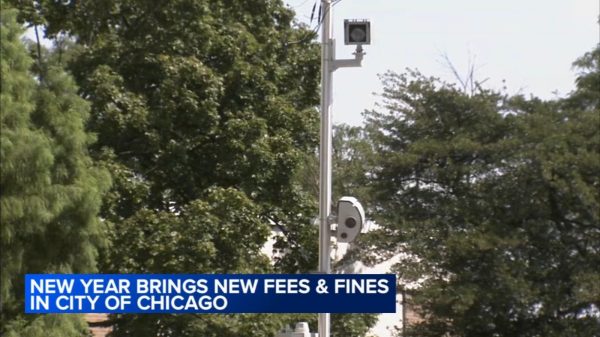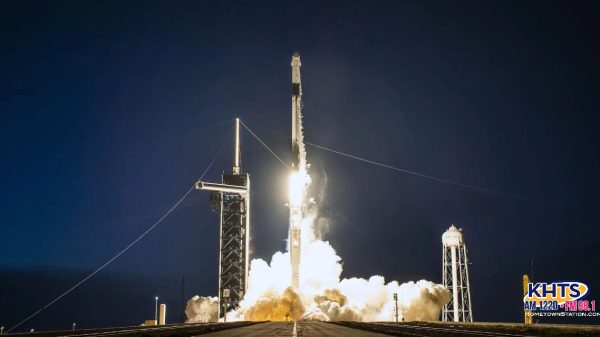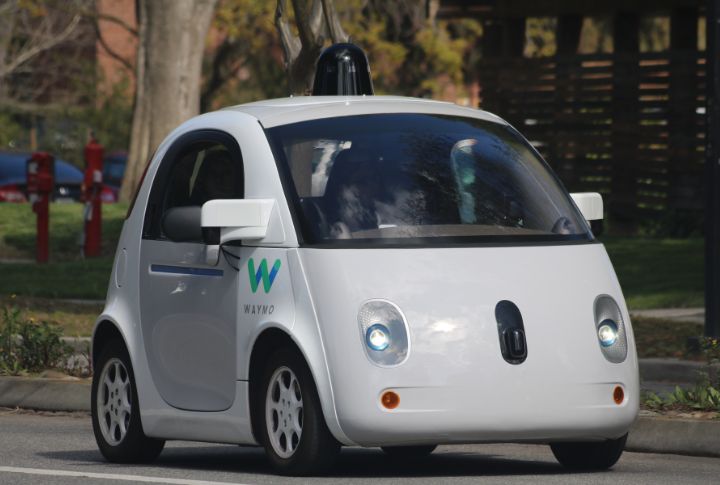
The evolution of cars has turned once-unimaginable concepts into everyday marvels. Autonomous vehicles maneuvering through busy streets, tires that fix themselves, and energy-sharing EVs are just a glimpse of today’s reality. This journey of innovation reveals how bold ideas redefine mobility for the modern world.
Autonomous Vehicle Innovations
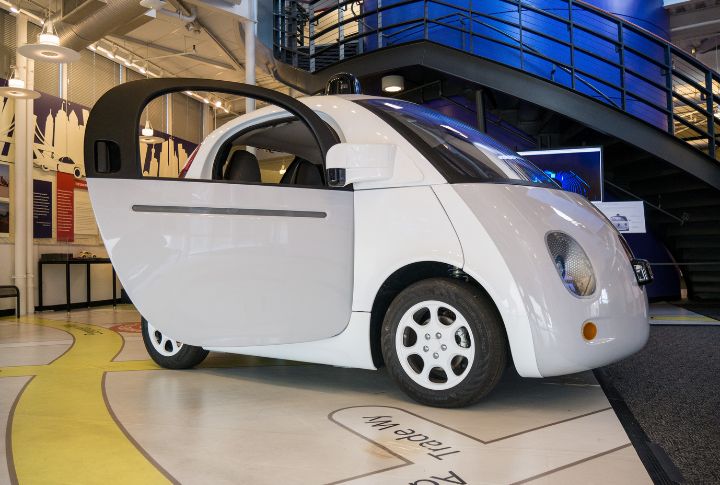
Waymo and Tesla turned science fiction into reality with vehicles equipped with advanced autonomous features. First introduced in the early 2010s, these cars rely on AI and sensors to assist navigation. Today, they transform urban mobility, emphasizing enhanced safety and convenience for drivers.
Electric Cars

The idea of using electricity for transportation dates back to the 19th century. However, Tesla’s Model S made electric vehicles mainstream, proving that sustainable energy could rival traditional fuel. Nissan Leaf expanded accessibility, and global EV sales now exceed 10 million annually.
Hybrid Performance Cars
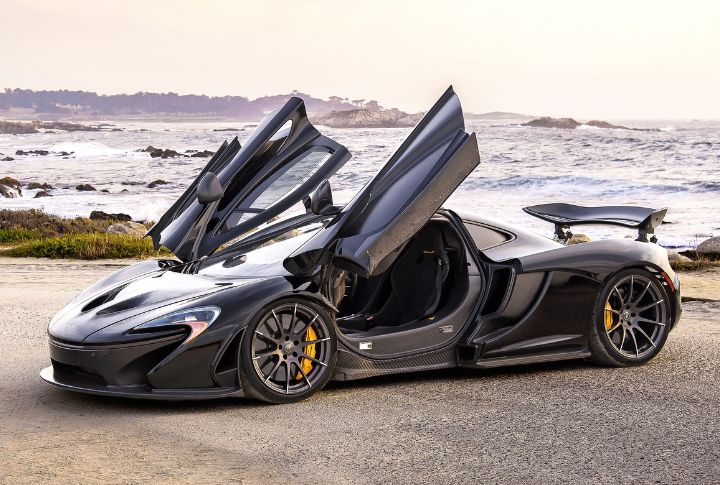
As electric efficiency meets traditional powertrains, performance vehicles have changed forever. Models like the McLaren P1 and Ferrari SF90 Stradale combine electric power with internal combustion engines to deliver unmatched performance. This innovation brings both power and sustainability, which bridges the past and future.
Augmented Reality Dashboards

AR dashboards display essential driving information directly on the windshield, which allows drivers to focus fully on the road with no distractions. Initially created for fighter pilots, this technology now enhances luxury cars and combines futuristic interfaces with improved safety for modern drivers.
Connected Cars

Vehicles exchanging real-time data optimize traffic flow and reduce accidents. IoT-enabled cars connect to infrastructure, making seamless communication a reality. Ultimately, the transformation paves the way for smarter cities and better alignment between vehicle behavior and urban planning for improved mobility.
Hydrogen Fuel Cell Vehicles

To create electricity, hydrogen vehicles, such as the Toyota Mirai, use hydrogen gas. These cars emit only water vapor, which makes them a clean energy option. Although adoption remains limited, the expanding hydrogen infrastructure points to a future with emission-free driving.
Biometric Vehicle Access
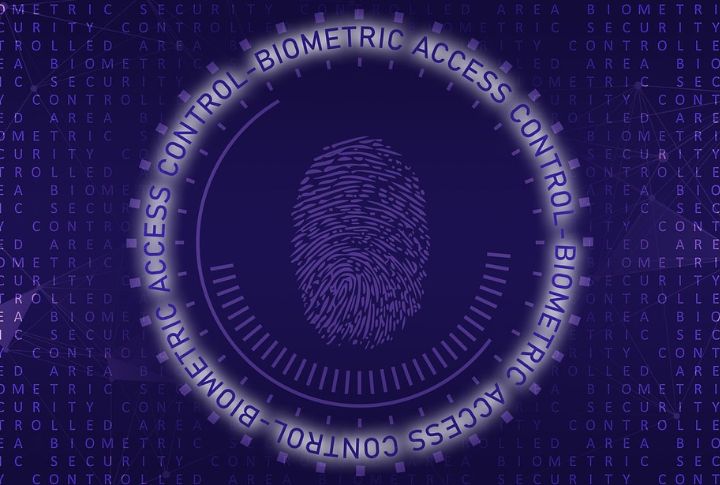
Traditional keys are being replaced by fingerprint and facial recognition. Luxury brands integrate biometric systems to personalize entry and usage settings. This innovation ensures unparalleled security and transforms how drivers interact with their vehicles. It merges convenience with advanced technology.
In-Car Virtual Assistants
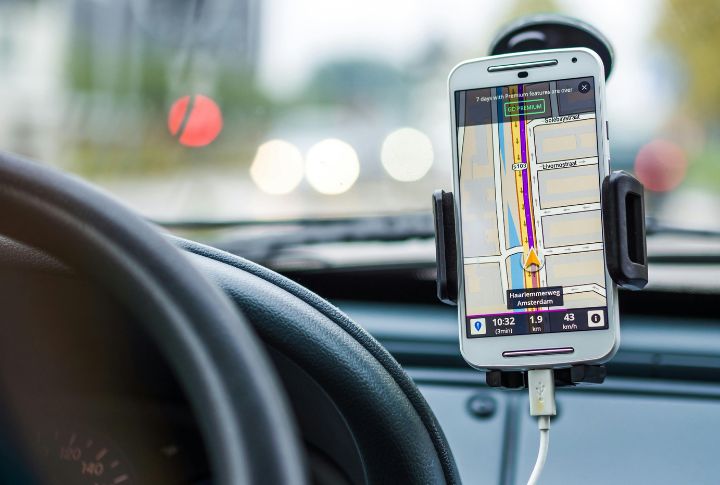
AI assistants like Siri and Alexa simplify in-car tasks. Drivers can easily adjust routes, manage entertainment, and make calls without the use of hands. In short, these features combine intelligence with ultimate convenience, and this makes them essential for today’s connected drivers.
Vehicle-to-Grid Technology
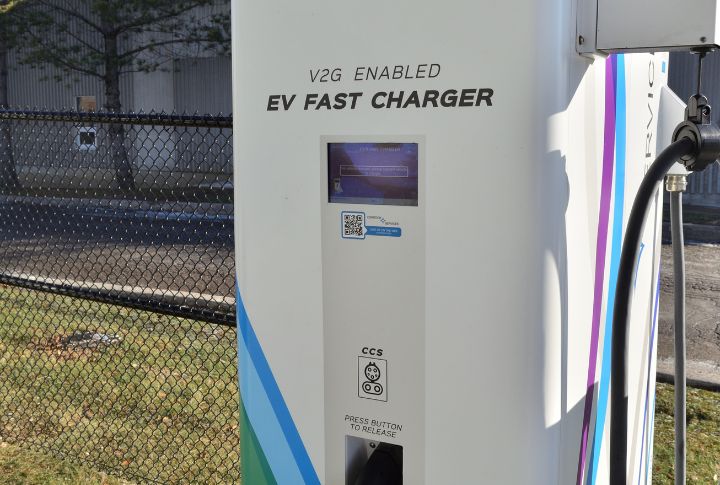
Electric cars return unused energy to the power grid, which helps balance electricity demands during peak times. Such synergy demonstrates how transportation connects with energy systems and strengthens the drive toward a greener, more sustainable world for every individual.
3D-Printed Cars
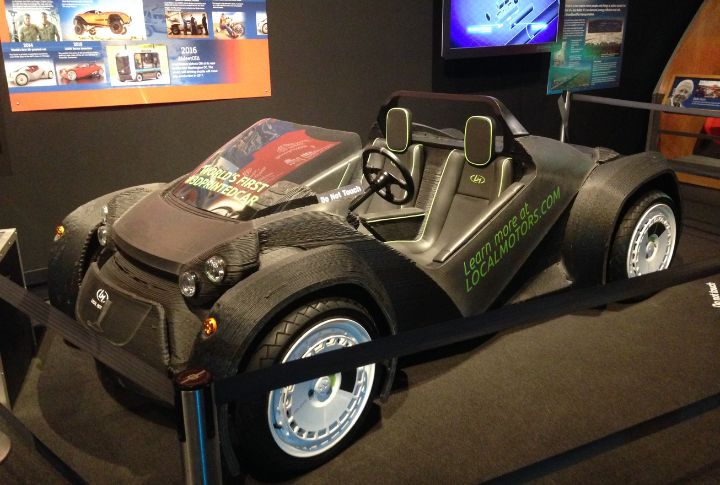
Manufacturers like Local Motors produced Strati, a fully 3D-printed car, in just 44 hours. Additive manufacturing demonstrates how advanced processes reduce costs and expand design possibilities. It revolutionizes automotive production and turns concepts into reality with efficiency and precision.
Wireless Charging For Electric Cars
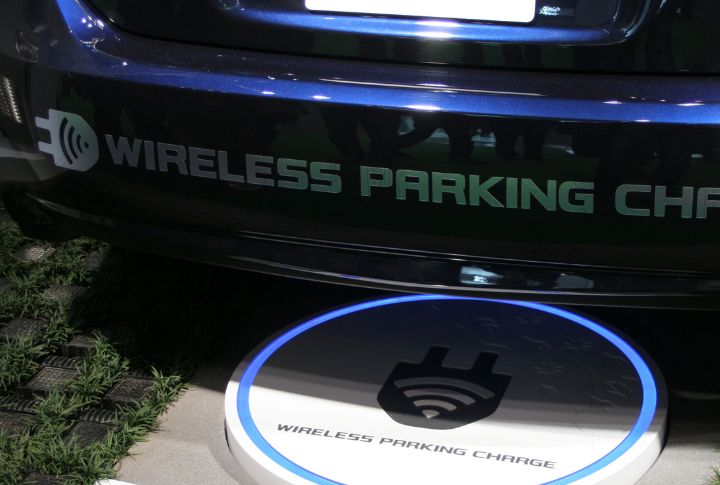
Charging a car without cables has become a reality. Wireless pads installed in driveways or garages make recharging more convenient. Consequently, this technology not only enhances user experience but also contributes to the advancement of sustainability in transportation for the future.
Autonomous Parking Systems

Thanks to self-parking cars, parking no longer has to be a hassle. With the help of advanced sensors, vehicles like the Tesla Model X glide smoothly into tight spaces. These cars offer stress-free solutions that are perfect for today’s busy urban life, and they are becoming more popular over time.
Adaptive Cruise Control
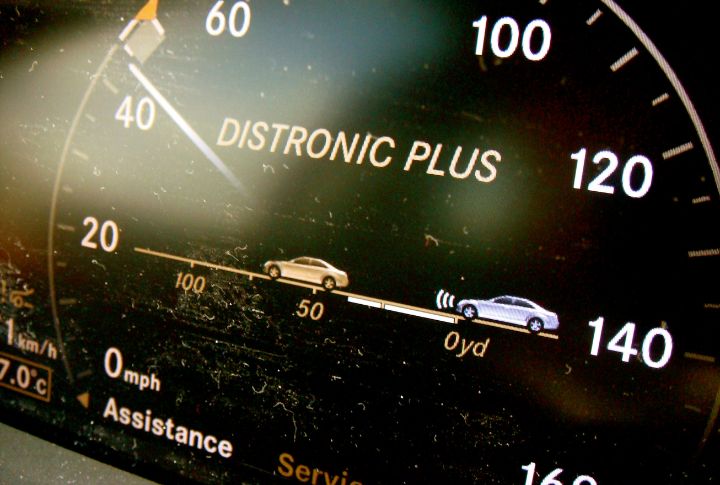
Speed adjustment systems maintain safe distances between vehicles. Adaptive cruise control enhances highway driving by using radar and cameras. It reduces driver fatigue and improves safety, contributing to better driving experiences and safer roads worldwide.
Advanced Driver Assistance Systems

Technologies such as lane-keeping and automatic braking help prevent numerous accidents each year. The ADAS protects drivers by reducing human error. Consequently, road safety improves, and public trust in vehicle technology increases, which results in safer travel for all drivers.
Solar-Powered Charging Stations
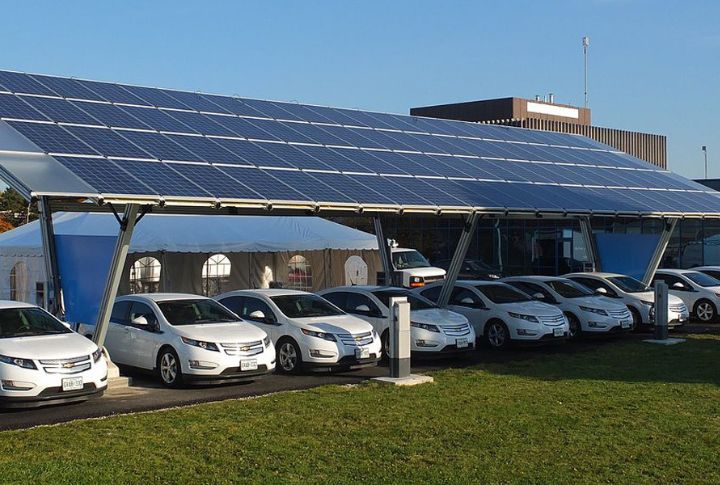
Solar panels powering EV chargers bring about renewable energy and transportation needs. These stations harness sunlight to minimize dependence on conventional grids. In turn, they help pave the way for a more sustainable future in vehicle infrastructure and eco-friendly mobility.
Electric Trucks
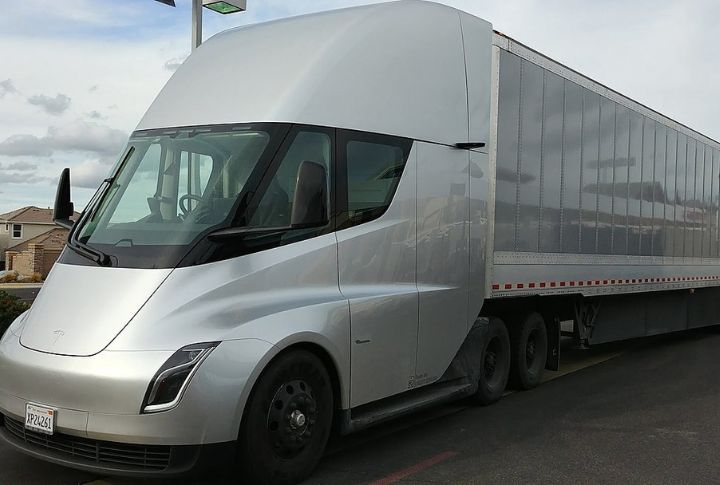
Tesla Semi and Rivian R1T are revolutionizing logistics. Both heavy-duty EVs combine impressive power and efficiency, which shows that sustainability doesn’t compromise performance. By doing so, they pave the way for a future of zero-emission freight mobility solutions.
Car Sharing Services
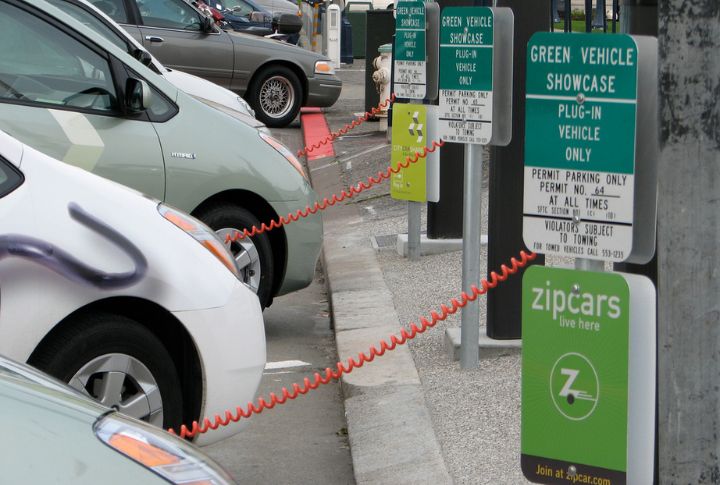
Platforms like Turo and Zipcar have transformed vehicle ownership through the encouragement of shared mobility. Moreover, such services cater to urban populations and provide flexible car access as they promote sustainability and reduce individual ownership. Ultimately, they improve transportation efficiency.
Over-the-Air Updates For Cars

Gone are the days when dealership visits were needed for vehicle upgrades. OTA updates allow manufacturers to improve performance and add new features remotely. This helps cars stay technologically relevant with minimal effort and ensures they adapt to the latest advancements without hassle.
Crash Prevention Sensors
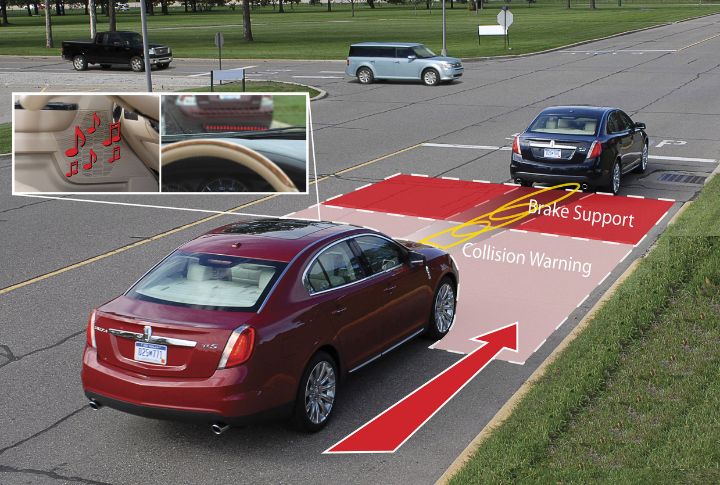
Advanced sensors in vehicles now predict and prevent collisions. By recognizing hazards and taking action before they escalate, this technology significantly reduces accidents and saves lives. It’s a powerful example of how innovation continues to make driving safer for everyone as technology gets better.
Self-Healing Tires
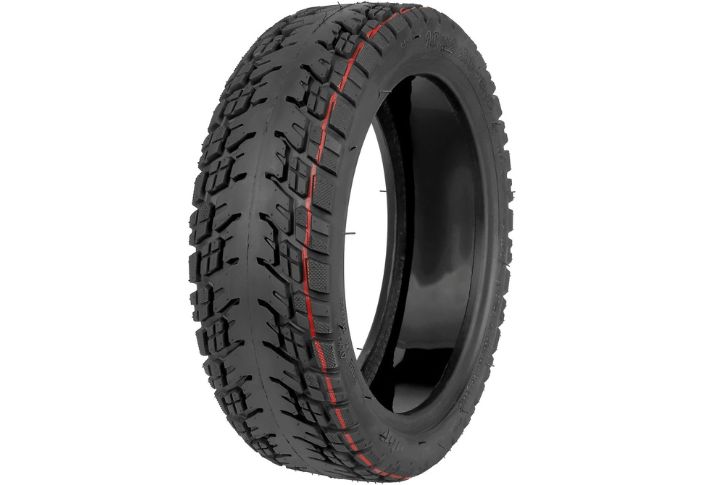
Minor punctures are no longer an issue as specialized tires can automatically seal them. The technology reduces roadside emergencies and improves reliability for drivers on long trips or in remote areas. As a result, it offers peace of mind and allows travelers to drive confidently without worrying about unexpected tire issues.

